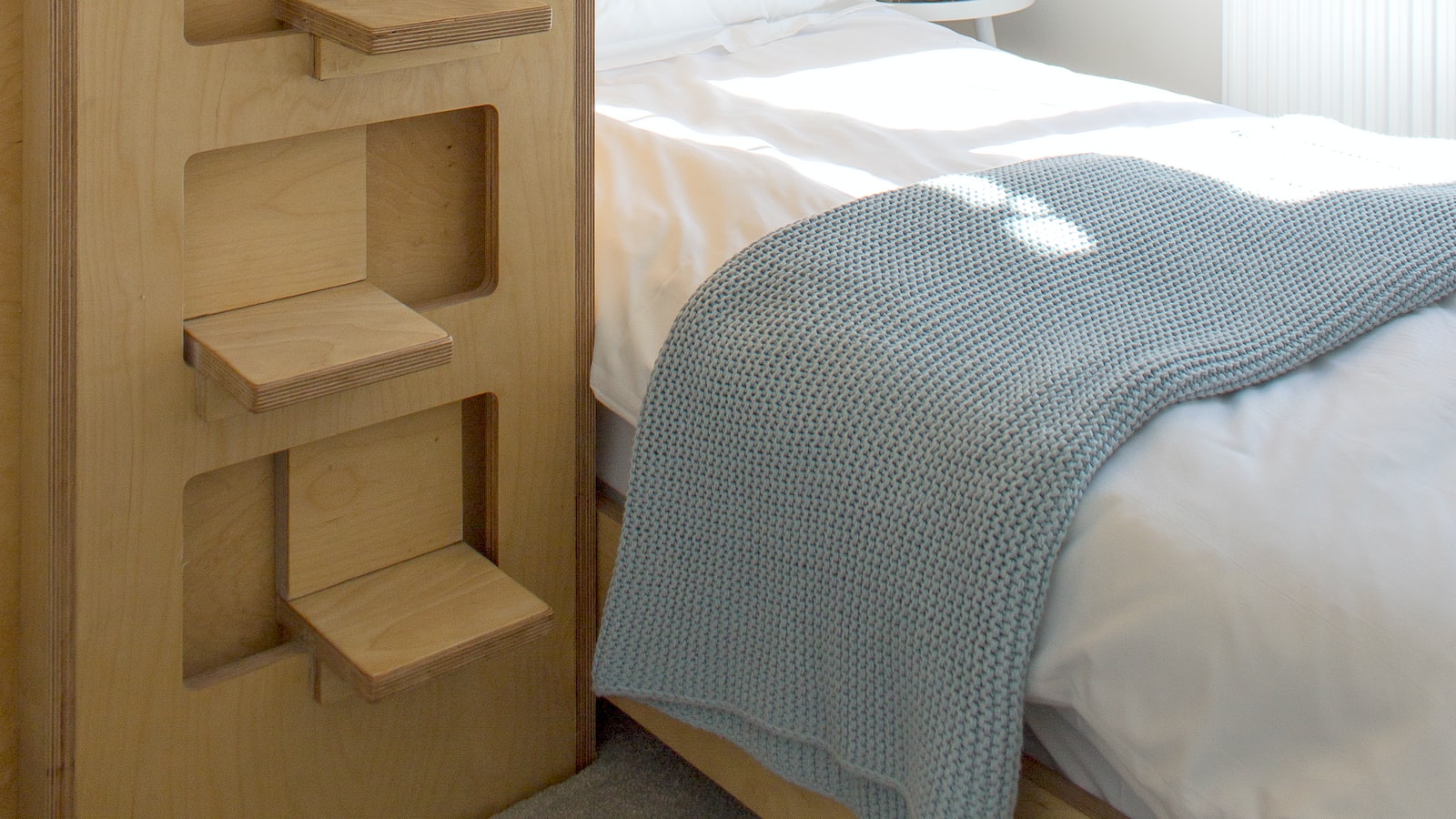Growing Peppers Indoors – Guidelines & Tips
Growing peppers indoors can be a rewarding experience. Not only do you get to enjoy the taste of tasty freshly picked produce, but also the sense of accomplishment that comes with knowing that you grew it yourself. Plus, you get to enjoy the fun of experimenting with different varieties in your own home environment.
In order to make sure that your peppers thrive indoors, here are some guidelines and tips that you should follow:
Light
Give your plants plenty of sunlight. Peppers need 6-8 hours of direct sunlight per day. If you can’t provide this outdoors, you’ll need to use indoor lighting like high-intensity discharge lamps (HID) or fluorescent lamps.
Container
Select a container with adequate drainage holes that is large enough for the pepper plants to spread out. You can also use a grow bag or potting soil mix.
Soil
Use a soil mix that is well-draining but retains moisture. A good mix would be one part potting soil, one part perlite, and one part peat moss.
Temperature & Humidity
Peppers prefer warmer temperatures (70-85 degrees Fahrenheit) and higher humidity levels. Make sure to keep your temperature and humidity consistent. To increase humidity levels, you can mist the plants regularly with water or use a humidifier.
Fertilizer
Fertilize your pepper plants once a month with an all-purpose fertilizer. Make sure to dilute the fertilizer according to instructions on the label.
Water
Make sure to keep your plants watered adequately. Allow the soil to dry out slightly between waterings. Check the soil several inches down to determine if the plant has enough moisture or not.
Pests & Diseases
Check your pepper plants regularly for pests and diseases. You can use insecticidal soaps or horticultural oils to control pests. For diseases, you can use copper fungicides or remove affected plants.
Growing peppers indoors can be a fun and rewarding experience. Just make sure to follow the guidelines and tips above to ensure that your plants have the best environment in which to thrive.



